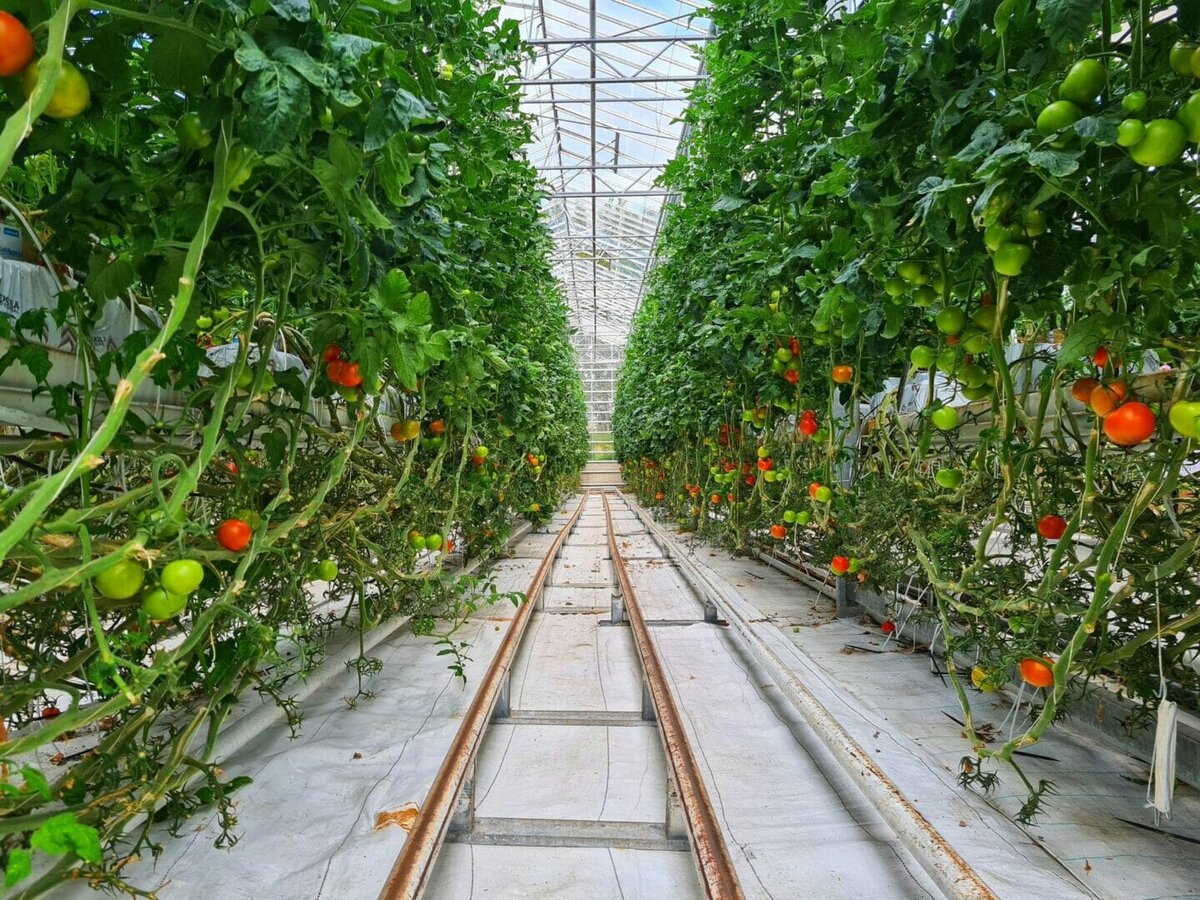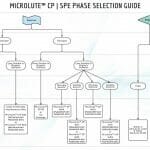~ Food production on a changing planet ~
Agriculture is a millennia old practice and has seen some well-defined evolutions over time. From the domestication of draft animals making ploughing more efficient, to diesel-powered tractors, agriculture marches forward. So, what are the next steps, particularly in the context of a climate crisis? Here Neil Ballinger, head of EMEA at automation parts supplier EU Automation, explores whether low pressure solar powered drip irrigation systems could help the agricultural industry as water becomes less readily available.
As the climate inexorably changes as anthropogenic greenhouse gas heats up the atmosphere, the world faces a lot of changes. Massive areas of Central Africa and the Middle East are experiencing aridification at an alarming rate, leaving barren deserts behind, and similarly expansive areas of Siberian taiga are defrosting for the first time in thousands of years.
These worrying effects are altering the places where food can be grown on the planet. The agricultural breadbaskets of Central California and China may find their yields and fields drying up, while other countries normally too cold or dry for agriculture may find agriculture to be a successful endeavour.
Active irrigation
One massive environmental sticking point is that of water. Water rights are nothing new at all, providing the plot points for a more forgettable James Bond movie at the very least. Jokes aside, the inability to source clean water is a growing problem with serious consequences.
The UK might enjoy an abundance of water, but in dryer areas like the midwestern US or the Middle East, the importance of water cannot be overemphasised. As the sun bakes the land and heats the air, water is evaporating quicker than ever before. This is such a problem that Los Angeles authorities recently filled their reservoirs with almost 100 million black plastic “shade balls” to limit these evaporative losses, with a rate of up to 80 to 90 per cent of water retained that would normally be lost.
For the farmer at the end of the pipeline, however, there’s more that can be done. One up and coming technology that could help is low pressure solar powered drip irrigation (LPSPDI).
LPSPDI systems are an alternative to traditional irrigation methods, where water is drawn by pump from rivers or wells and then delivered to the crops by open aqueducts. Many methods have been used to power the drawing step, such as simple manual labour or employing draft animals. In the 21st century, however, this is a step for small, fossil fuelled pumps.
Low pressure, high importance
As the name suggests, LPSPDI systems instead power the pump by photovoltaic-produced electricity. The pump draws water, but instead of travelling via aqueduct under the harsh sun, the water is fed into a storage tank. That water is then only released, through enclosed pipes, when controlling software allows. The water is distributed directly to the roots of the plants, therefore almost completely avoiding the problem of evaporation.
LPSPDI systems bring with them serious advantages over aqueducts, beyond simply retaining water. Once they’re integrated, they’re far more energy efficient thanks to the renewable energy source. They’re also adjustable and can smartly throttle the water supply in response to weather conditions and they’re autonomous when set up correctly.
It’s not all good, however. Because this technology is still in its infancy, LPSPDI systems rely on microchips and other electronic components to measure and decide when to distribute the water, while traditional aqueducts moving water by gravity have no such limitations.
Electronic part failure means potentially acres of crops withering away, so having reliable access to spares is imperative. Working with a new, old and obsolete parts distribution specialist like EU Automation, who can deliver a spare pump motor, monitoring interface and many other replacement parts within 72 hours around the world, and less than a day within Europe, can help prevent unnecessary and lengthy outages.
Climate change promises to seriously upheave large parts of the world we take for granted today. Water is possibly the most important resource around, so it’s vital to ensure every drop is used properly. However, just as important is keeping the systems that manage it running.
Worried a part failure could undermine the advantages of a drip irrigation system? Get in touch with EU Automation to source your spares and put your mind at ease.








